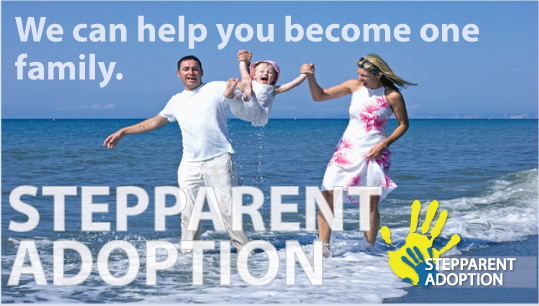Making Stepparent Adoptions Easy
Many times blended families view adopting a stepchild as a good way to make the new relationship even stronger and more cohesive. Fortunately, stepparent adoption is a fairly easy in most states.
Stepparent adoptions don’t usually require the same inspection such as home studies and lengthy hearings, as do outside adoptions by  unrelated third parties. Of course, there is still paperwork to be completed and the adoption must be approved by the court. However, much, if not most, of the initial exploration is usually not necessary as it is for outside adoptions.
unrelated third parties. Of course, there is still paperwork to be completed and the adoption must be approved by the court. However, much, if not most, of the initial exploration is usually not necessary as it is for outside adoptions.
For any adoption, consent must be obtained from the non-custodial biological parent. If that parent refuses consent and has strong ties with the child, the stepparent adoption will likely be denied. On the other hand, if the biological parent is not known (as with a father) or has abandoned the child, usually for a period of one year, most adoptions are granted. Abandonment basically means no regular quality time with the child. The occasional phone call or birthday card does not constitute quality time.
Seriously consider whether it is the best thing for the child before pursuing a stepparent adoption. It may be seen it as a great way to bring your new family closer together. But also understand that the child may not want to break ties with his birth parent. Once an adoption is granted, the biological parent will no longer have parental rights and all legally allowed visitations will stop. If the child and biological parent sustain regular communication and have a strong relationship, an adoption could cause emotional and psychological harm to the child. Each decision is unique to the child and family, but the welfare of the child should always be the deciding factor in any decision.
If you are considering a stepparent adoption and want to avoid using an attorney and large fees, there is no better source then Stepparent Adoption Forms. We have just what you need and provide support along the process, all for an amazingly low fee.
Read More




 sometimes has to get permission from the child’s biological parent. That is not necessary with an adult adoption.
sometimes has to get permission from the child’s biological parent. That is not necessary with an adult adoption.